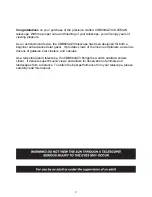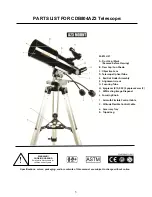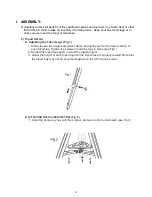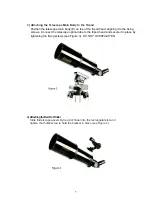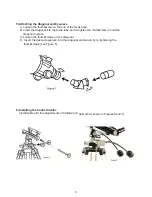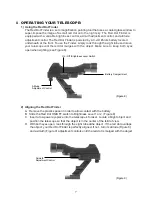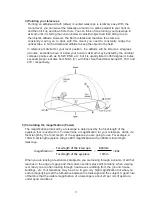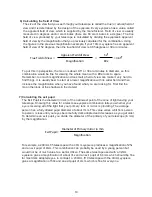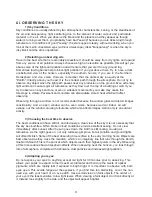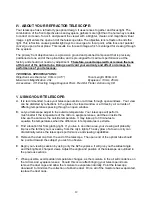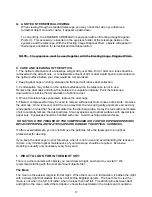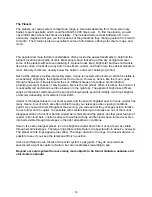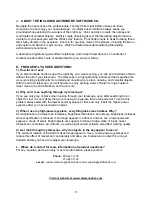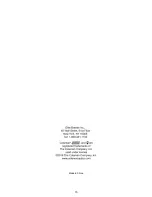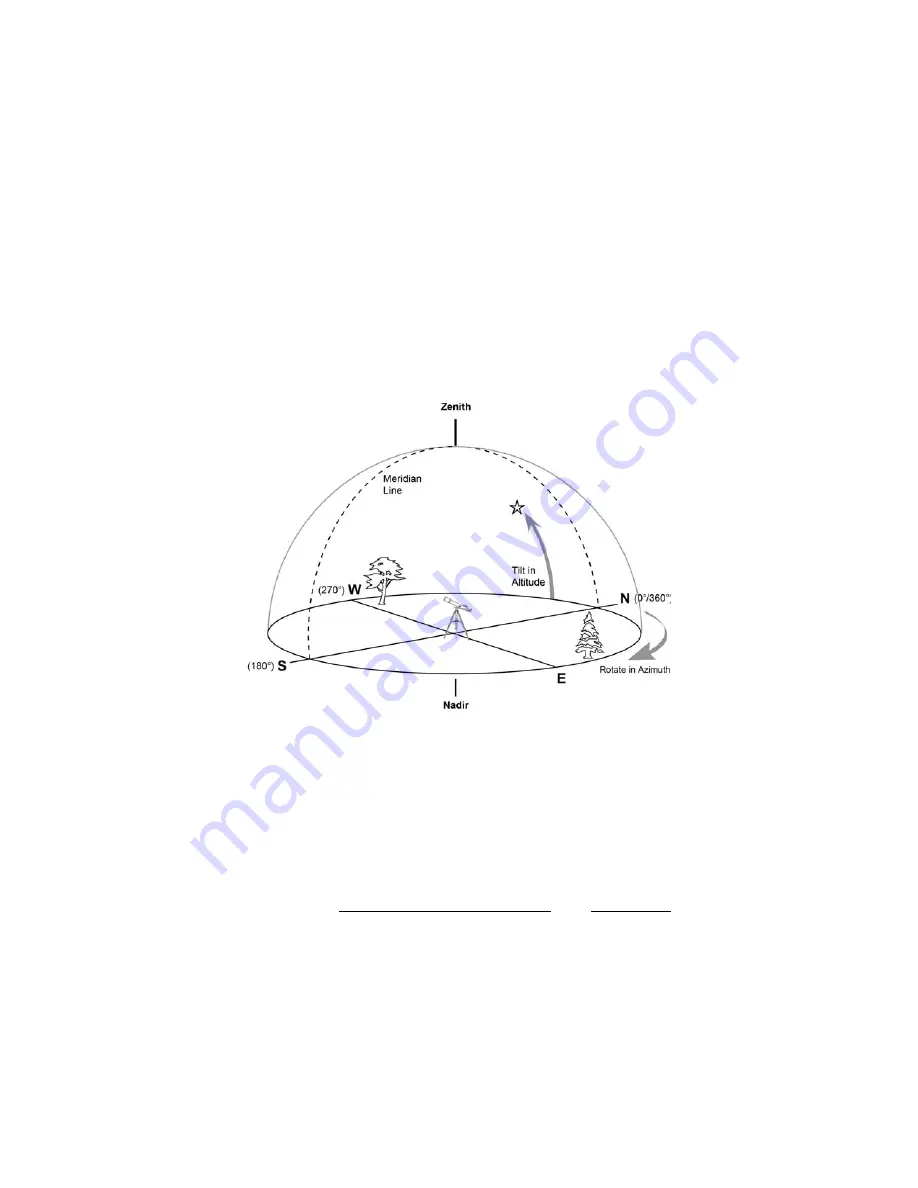
9
4) Pointing your telescope
Pointing an altitude-azimuth (alt-az) mounted telescope is relatively easy. With the
mount level, you can swivel the telescope around on a plane parallel to your horizon
and then tilt it up and down from there. You can think of it as turning your telescope in
azimuth until it is facing the horizon below a celestial object and then tilting it up to
the object's altitude. However, the Earth rotates and therefore the stars are
constantly moving, so to track with this mount you need to constantly nudge the
optical tube in both azimuth and altitude to keep the object in the field.
In reference material for your local position, the altitude will be listed as ±degrees
(minutes, seconds) above or below your horizon. Azimuth may be listed by the cardinal
compass points such as N, SW, ENE, etc., but it is usually listed in 360 degree (minutes,
seconds) steps clockwise from North (0°), with East, South and West being 90°, 180° and
270 °, respectively.
5) Calculating the magnification (Power)
The magnification produced by a telescope is determined by the focal length of the
eyepiece that is used with it. To determine a magnification for your telescope, divide its
focal length by the focal length of the eyepieces you are going to use. For example, a
10mm focal length eyepiece will give 80X magnification with an 800mm focal length
telescope.
When you are looking at astronomical objects, you are looking through a column of air that
reaches to the edge of space and that column seldom stays still. Similarly, when viewing
over land you are often looking through heat waves radiating from the ground, house,
buildings, etc. Your telescope may be able to give very high magnification but what you
end up magnifying is all the turbulence between the telescope and the subject. A good rule
of thumb is that the usable magnification of a telescope is about 2X per mm of aperture
under good conditions
magnification = = = 80x
Focal legth of the telescope
Focal legth of the eyepiece
800mm
10mm
Summary of Contents for CDB804AZ3
Page 16: ...16 Made in China ...


